Blog
What happens when Hazardous Materials find their Way into the soil on a Construction Site
 As a Toronto construction waste management company, we believe proper waste removal and reliable hazardous materials processing to be a necessity. A project in Fort Worth, Texas serves as one of the most recent examples of what happens when hazardous materials find their way into the soil at a construction site.
As a Toronto construction waste management company, we believe proper waste removal and reliable hazardous materials processing to be a necessity. A project in Fort Worth, Texas serves as one of the most recent examples of what happens when hazardous materials find their way into the soil at a construction site.
The Panther Island project, an 800-acre island being constructed next to downtown Fort Worth, has been an ongoing construction project for numerous years. Recently, it was found that approximately thirty of the construction workers associated with the project were exposed to hazardous materials – something that could have easily been avoided according to recent analyses.
Waste management companies and hazardous materials waste removal companies are a necessity for any construction site. They should be able to assess the location and remove any hazardous materials from the site that could be a danger to workers.
Read more: What happens when Hazardous Materials find their Way into the soil on a Construction Site
The Hazards of completing an Excavation and other Challenges
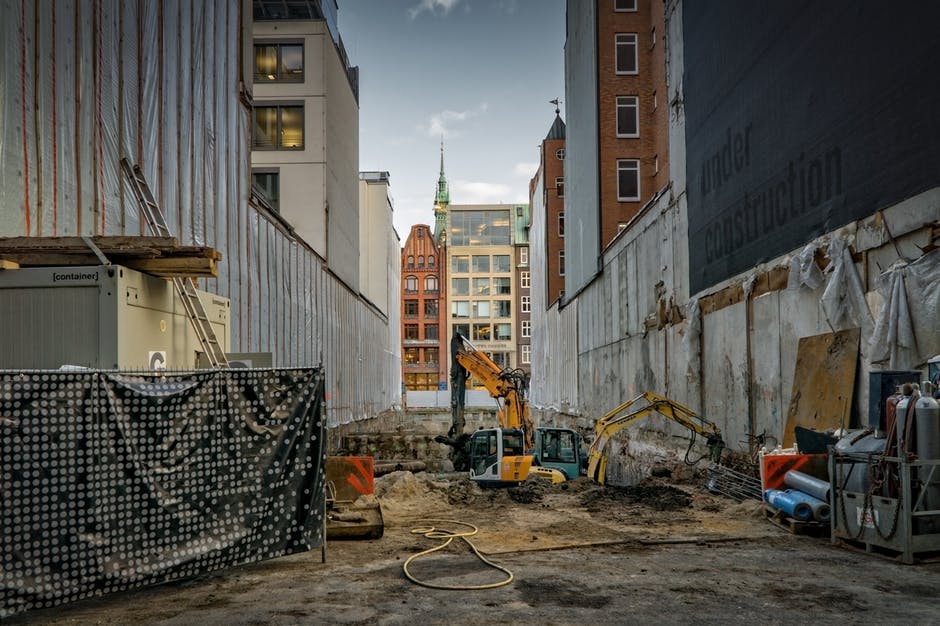 Performing an excavation comes with its own set of challenges. The hazards of completing an excavation should be well understood prior to beginning. As a Toronto excavation company, there is no higher priority to us than safety.
Performing an excavation comes with its own set of challenges. The hazards of completing an excavation should be well understood prior to beginning. As a Toronto excavation company, there is no higher priority to us than safety.
As excavation hazards are left to fester, this can potentially result in serious injuries. Workers and contractors can be critically injured and/or even die in cave-ins. Needless to say, small jobs of short durations are just as dangerous as larger jobs. The development of trenches for water, gas, electrical, and sewer lines are common among excavation projects. Whenever Core Mini Bins is hired for an excavation, we adhere strictly to the Occupational Health and Safety Act (OHSA) and local regulations for construction projects.
The most common excavation hazards in the Toronto region includes falling into trenches, tripping on equipment or debris, excavated materials falling on workers, being exposed to underground services, being exposed to overhead electrical cables, having unstable adjacent structures, mishandled or poorly placed materials, working in a hazardous atmosphere with noxious gases or a lack of oxygen, being exposed to toxic or irritating or flammable and explosive gases, and incidents involving vehicles and similar equipment.
Read more: The Hazards of completing an Excavation and other Challenges
Are All Products marketed as ‘Recyclable’ actually Recyclable – a revealing look!
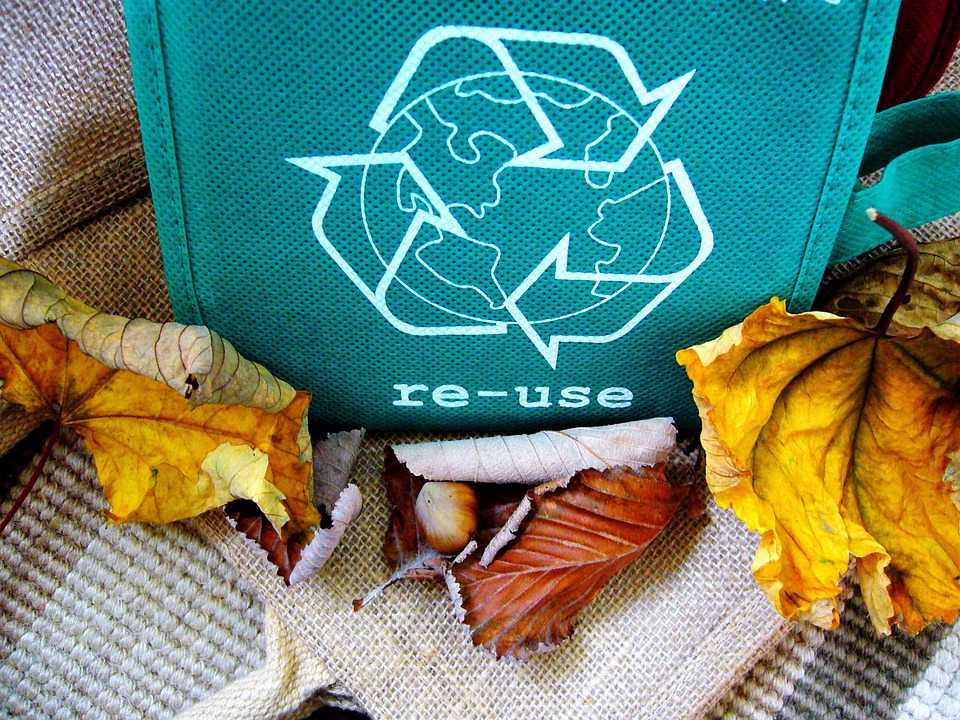 Confusion in recycling is commonplace. Even those with the knowledge on how to read symbols and local regulations, recycling varies from city to city across Canada. Because of this, sadly some products marketed as recyclable cannot in fact be recycled in some Canadian cities.
Confusion in recycling is commonplace. Even those with the knowledge on how to read symbols and local regulations, recycling varies from city to city across Canada. Because of this, sadly some products marketed as recyclable cannot in fact be recycled in some Canadian cities.
The recycling symbol that appears on many household products, as it actually turns out, is not really worth much. It indicates the product being used ‘could be’ recycled however it does not necessarily denote tossing it into the recycling.
In some cases, it might even be contamination and there are many reasons why this is the case. Some local recycling programs may choose not to recycle certain products and/or may not be able to recycle them due to lack of technology, investment, and equipment.
The reality for consumers and companies who are trying to do the good thing by recycling is that they are sometimes being misled. As a waste management and recycling company, the last thing we want is for our consumers to be confused about what goes where in garbage and recycling.
Read more: Are All Products marketed as ‘Recyclable’ actually Recyclable – a revealing look!
6 Things no one ever Tells you about Doing a Demolition
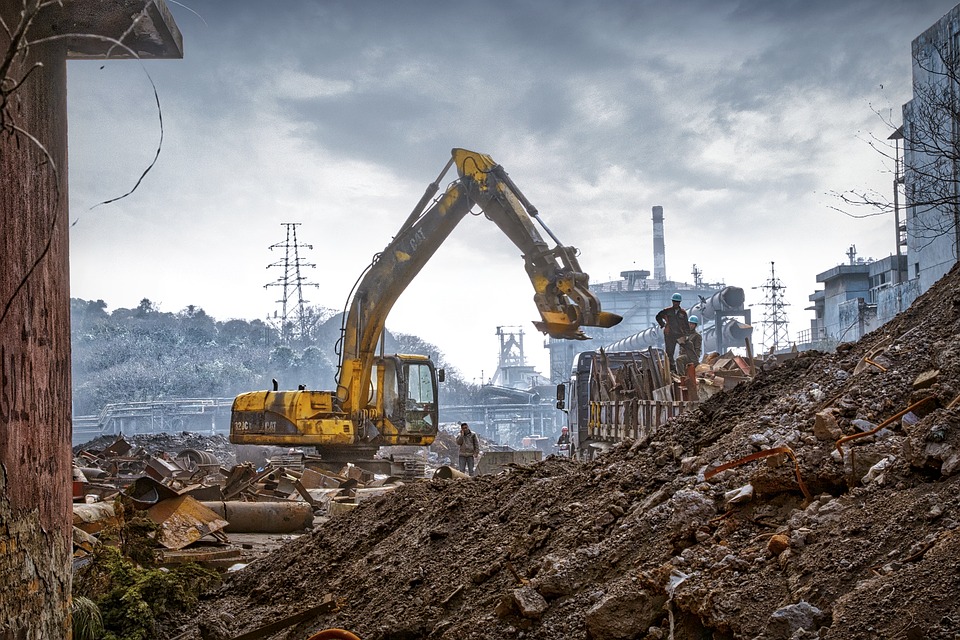 As fun and easy as demolition may seem on HGTV, it’s not all swinging a sledgehammer and knocking down walls. In real life, it’s a lot of planning, things not going the way we want them, surprises occasionally coming around the corner, and time. Needless to say, demolition does not happen in a single afternoon. It can take days to complete a demolition of a home. Too many Torontonians think of demolition as something it somewhat is not. Here are the top six things we hear from Canadians as to what no one tells them about doing a demolition.
As fun and easy as demolition may seem on HGTV, it’s not all swinging a sledgehammer and knocking down walls. In real life, it’s a lot of planning, things not going the way we want them, surprises occasionally coming around the corner, and time. Needless to say, demolition does not happen in a single afternoon. It can take days to complete a demolition of a home. Too many Torontonians think of demolition as something it somewhat is not. Here are the top six things we hear from Canadians as to what no one tells them about doing a demolition.
#1 – The mess and debris needs to be removed
The biggest problem that needs to be solved with a demolition is where to put the mess it creates. Rubble needs to be hauled and if you’re renovating above the first floor, that becomes even more challenging. In an apartment building, on average, it can take weeks to get debris down and outside. All in all, hiring a dumpster rental company, demolition garbage removal, and/or waste management company is a necessity to tackle the mess that is about to happen.
#2 – Neighbors and local regulations control the demolition schedule
Unless you’re living in the middle of the woods, demolition does not get to begin early in the morning and into the late night. Knocking down walls is loud and unpleasant. Be sure to check out what the local laws are relating to noise and do the polite thing by letting your neighbours know what is going on before you begin.
Read more: 6 Things no one ever Tells you about Doing a Demolition
Why I Need Screened Topsoil
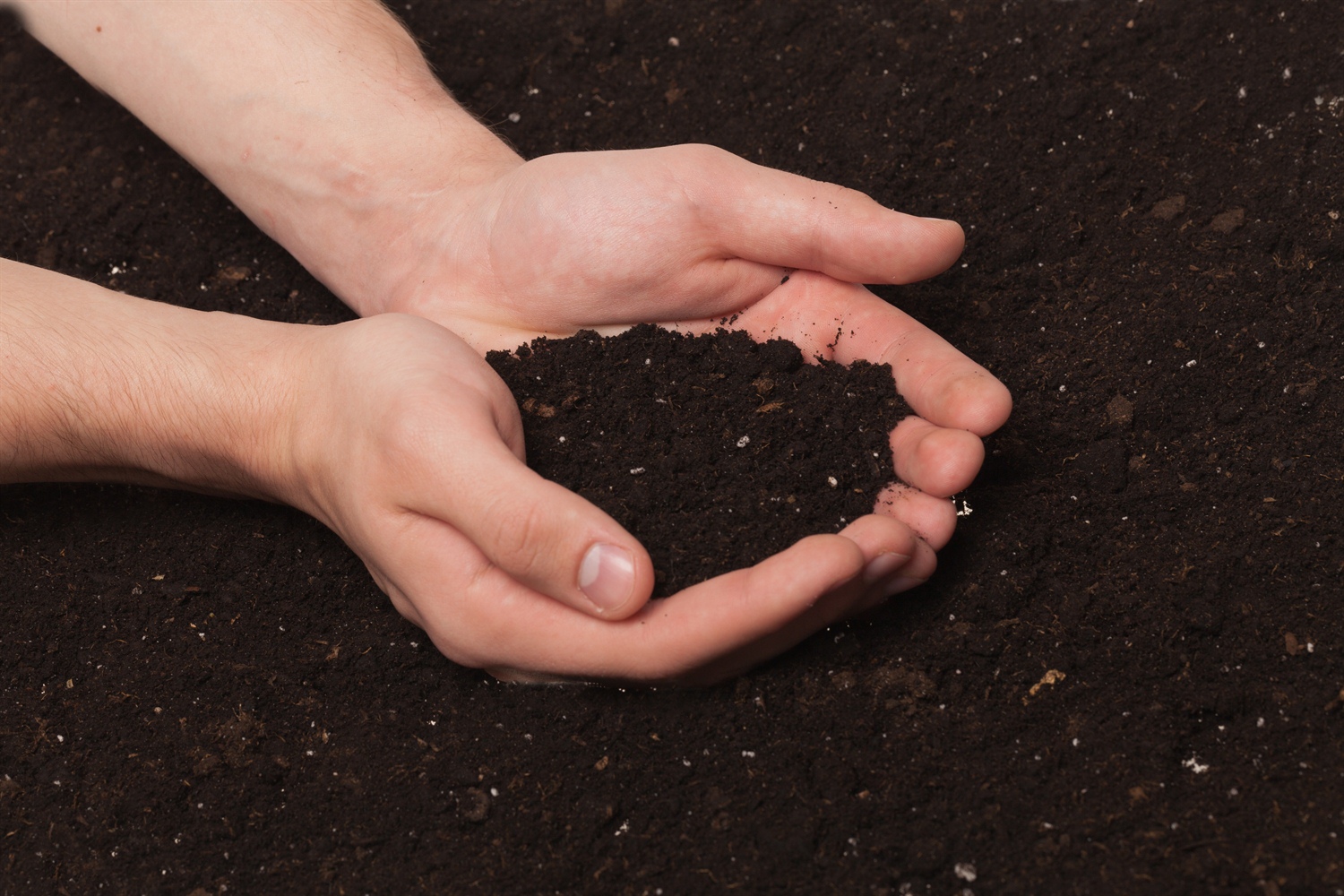 Topsoil is the primary ingredient to any Toronto garden. If you go to any gardening expert, they will tell you as much. If you want to grow high quality plants – be it flowers, herbs, or else – topsoil is what you’re going to need to get you there.
Topsoil is the primary ingredient to any Toronto garden. If you go to any gardening expert, they will tell you as much. If you want to grow high quality plants – be it flowers, herbs, or else – topsoil is what you’re going to need to get you there.
This highly rich, nutrient-dense soil keeps what plants need in terms of nutritional content near the ground’s surface, maximizing access for the plants and yield for the gardener. The consistency of topsoil may include sand, clay, manure, silt, and more. There are some key differences to note however between unscreened topsoil and screened topsoil. Reading through them, you may be as compelled as most Canadians are in going with screened topsoil over its unscreened alternative.
First, let’s talk a little bit about precisely what topsoil is. Topsoil is a naturally occurring component of our planet however it is not so easy to find. Topsoil manufacturers oftentimes have to depend on unique mixtures with other soil components to create enough of this to go around. Some gardeners choose to go with an unscreened topsoil as a means of saving money and they end up seeing mixed results with it. The consistency of unscreened topsoil is just not there to produce anything substantial in terms of yield. As a response, it’s mainly only best in terms of a landscaping device, rather than as a legitimate source of gardening power.
Cities across Canada are losing Millions every Year from Bad Recycling Practices
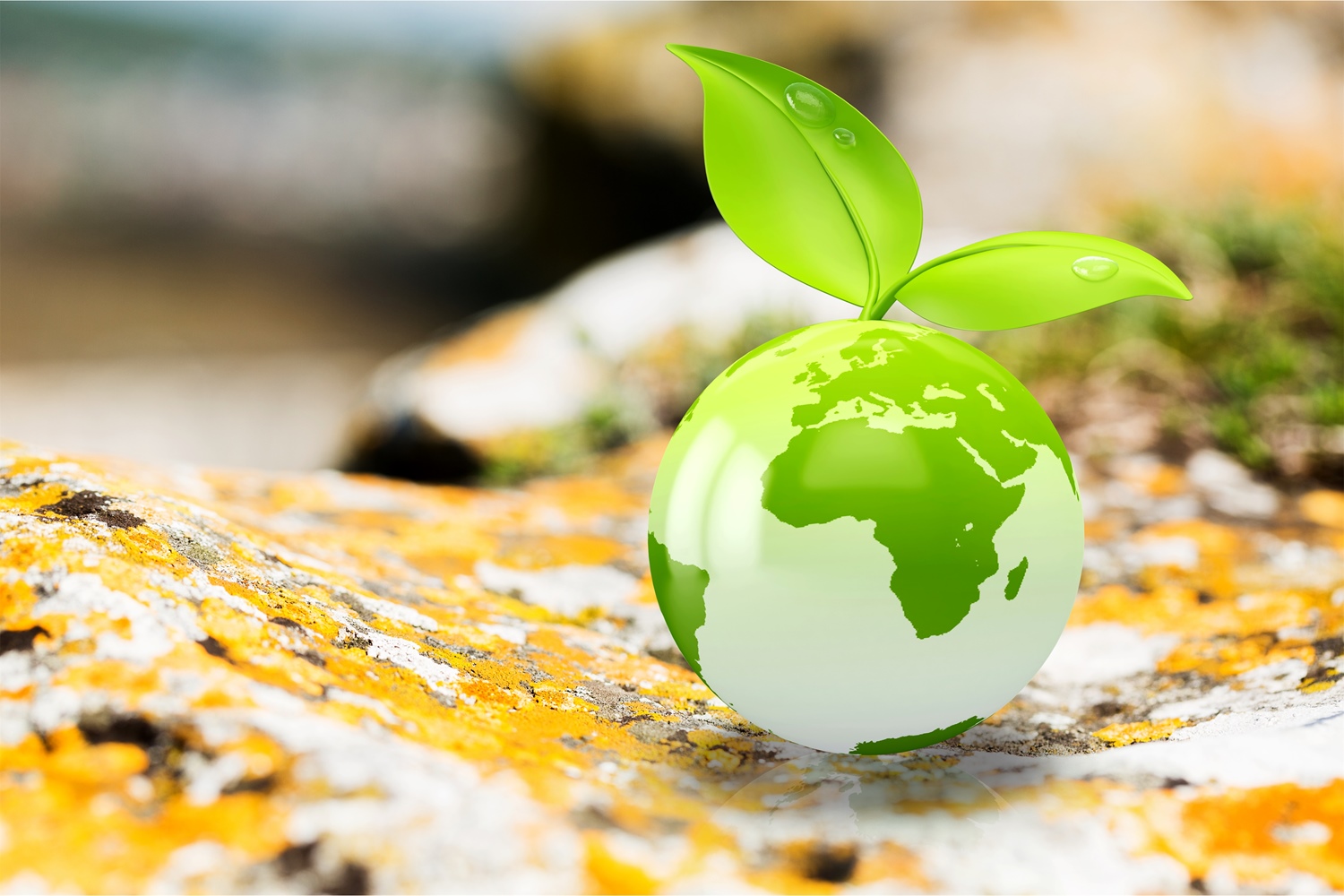 Toronto has long been representative of environmentally-friendly, green recycling trends across Canada. According to recent data in Toronto, which corresponds to similar data in urban centres like Calgary, there is millions of dollars being lost annually in bad recycling practices.
Toronto has long been representative of environmentally-friendly, green recycling trends across Canada. According to recent data in Toronto, which corresponds to similar data in urban centres like Calgary, there is millions of dollars being lost annually in bad recycling practices.
This marks a huge problem for Canada. As Canada seeks to improve and expand recycling operations across the country, existing practices need to be improved upon or risk losing millions more. Even worse is that these are not federal dollars being lost – these are municipalities losing millions on recycling that is being mixed in with garbage and vice versa.
A recent report published by Toronto’s Public Works and Infrastructure Committee revealed that 25 percent of all material placed into recycling in 2017 was non-recyclable. That number is actually expected to increase this year to 27 percent.
Toronto’s Solid Waste Management Services have reported numerous items having found their way into recycling including dirty cardboard, coffee pods, freezer bags, black plastic food containers, and more unexpected items such as dead animals, garden hoses, and more.
Read more: Cities across Canada are losing Millions every Year from Bad Recycling Practices
2 Reasons to Consider Renting a Dumpster with your Neighbors
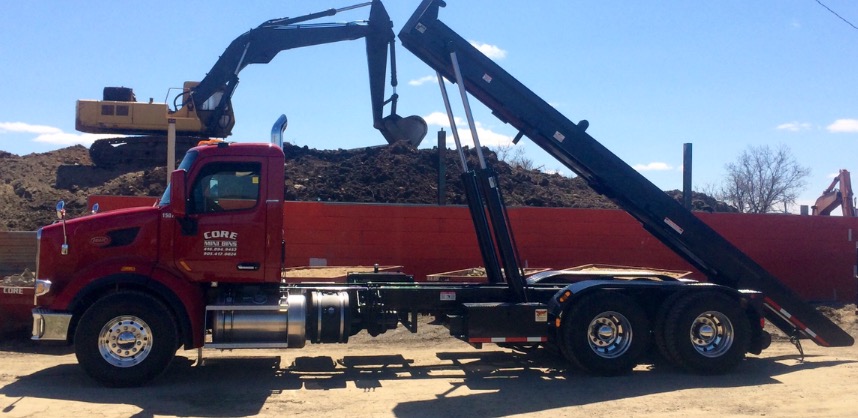
There are a couple different reasons why renting a dumpster with your neighbors might be advantageous. To begin with, you receive a partner to bounce ideas off and to help in finding the best priced dumpster rental which admittedly can be tough at times. More important than that though, we think these two reasons are more than enough to at least consider the possibility.
#1 – It’s a pretty big money-saver
If the only thing keeping you from renting a dumpster is money then this might be your answer. For any of us with a lot of junk to get rid of, it can be taxing trying to find storage space and/or finding a way to get it off your hands. Renting a dumpster provides easy disposal, though it comes at a cost. When sharing said cost with a neighbor though, it allows both of you to share space in the container and helps reduce the personal expense you need to make. In the process of saving you money, you’re also saving your neighbor money which will help them out as well.
Read more: 2 Reasons to Consider Renting a Dumpster with your Neighbors
Why you Might Want to hire Junk Removal when Moving

Any time we move, there are always things that we are not going to want to carry with us. Those things need to go and putting them out at the side of the road is not always recommended. Whether it’s a move across the street or across the province, a junk removal company can help with that. Prior to moving and transporting your belongings, give some thought to what you don’t need to bring with you to your new location. Junk removal is a great opportunity to reduce excess clutter and get off your hands any unwanted stuff that’s bringing you down. There’s no need to make the trip to the dump yourself or to bury them in a storage locker.
Junk removal companies in Toronto can handle a wide array of different items including more basic junk to furniture like dressers, bed frames, mattresses, and more. Instead of looking after this yourself without any assistance, junk removal will come to you, do all the heavy lifting, and in a matter of minutes, it can all be cleared. To anyone who does intend to hire a junk removal company, it is important to do this preferably days before moving. That way, you can get a better sense on the clutter that has to go and the items that you intend to keep.
Read more: Why you Might Want to hire Junk Removal when Moving
Top Myths associated with Junk Removal
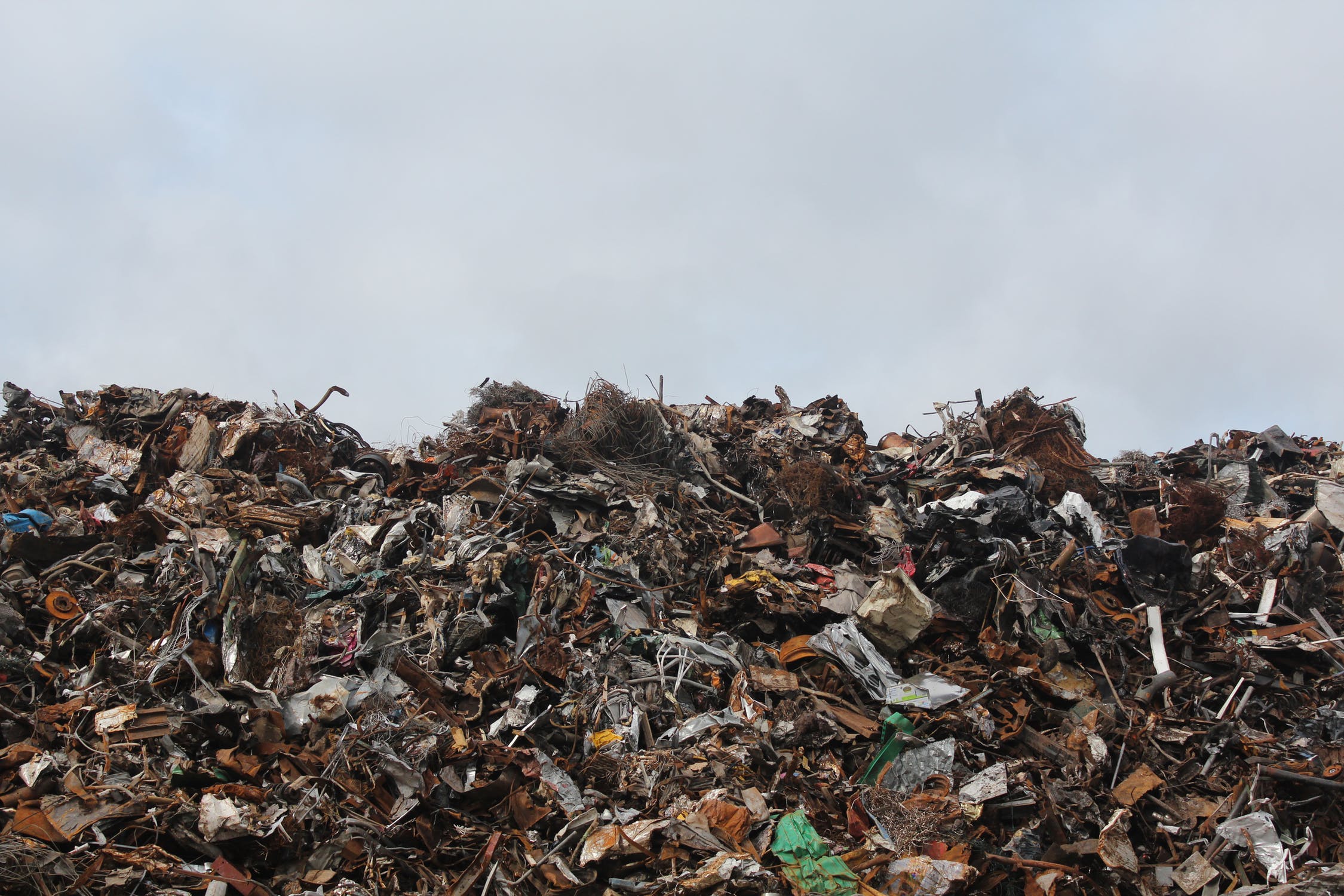 There’s a lot about junk removal and recycling that everyday Canadians do not know. At times, we have fielded numerous inquiries about the ethics of recycling, how much our landfills are growing, etc. In many cases, there are some false beliefs about recycling and junk removal that we’d like to address.
There’s a lot about junk removal and recycling that everyday Canadians do not know. At times, we have fielded numerous inquiries about the ethics of recycling, how much our landfills are growing, etc. In many cases, there are some false beliefs about recycling and junk removal that we’d like to address.
To begin, we have heard from some customers that there is not much of a point to recycling because it all ends up in the landfill eventually. The trouble with this is that to maintain a healthy, high-functioning environment, recycling is actually pretty important. Wood, cardboard, paper, plastic, glass, and other recyclables help cut down on the amount of new materials we need to keep the world going. Recycling is on the rise because of its convenience and importance, and that’s not going to change.
Secondly, we hear a lot that because green waste is biodegradable that it is alright to send it to landfills. In response to this, we say that green waste biodegrades at a very, very slow rate and most landfill sites are built as a no-oxygen environment meaning that the micro-organisms that would normally break down green waste are not there to do it. Also, as green waste is not broken down, it leaks into the atmosphere as methane slowly over time. That means it is integral to ensure green waste is sent to the proper location to be sorted. If not, the next best thing is creating a compost for these items in your own backyard.
Buying Habits are Changing and Recycling Challenges are on the rise in Canada
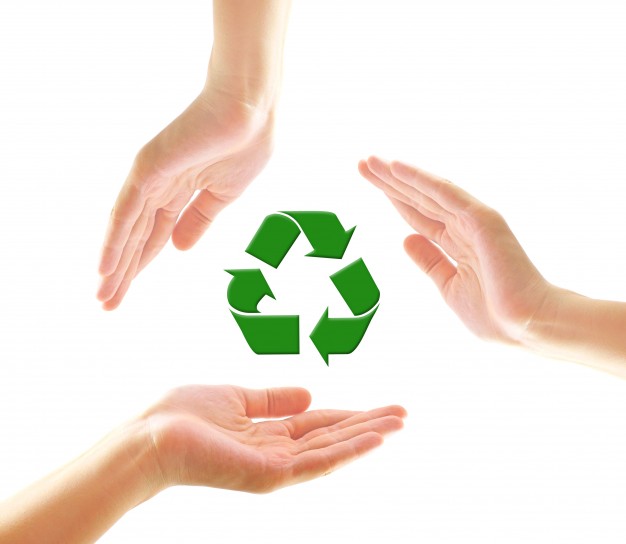 As recycling has become increasingly less expensive and buying habits have changed, in the last two decades, Canada now faces some new challenges that it did not have before. Technologies have either been changed or invented, the country’s demographics have changed, new lifestyle trends have emerged, and demands for convenience are at an all-time high. As important as recycling should be to our culture, unfortunately, it becomes too much work for some – and that’s not a thought entirely unfounded or inaccurate either.
As recycling has become increasingly less expensive and buying habits have changed, in the last two decades, Canada now faces some new challenges that it did not have before. Technologies have either been changed or invented, the country’s demographics have changed, new lifestyle trends have emerged, and demands for convenience are at an all-time high. As important as recycling should be to our culture, unfortunately, it becomes too much work for some – and that’s not a thought entirely unfounded or inaccurate either.
Ask most Canadians and they will tell you that recycling is not easy. At times, even the brochures that municipal waste collection and garbage removal companies contains confusing and inconvenient information. Even though most Canadians want to reduce their carbon footprint and contribute to a more environmentally-sustainable country, the recycling system is uneven. Every municipality tends to do things a little bit different, creating challenges and misinformation about what is accepted as recycling and what is not.
Read more: Buying Habits are Changing and Recycling Challenges are on the rise in Canada
Tips to Know when Hiring a Dumpster Rental in Toronto
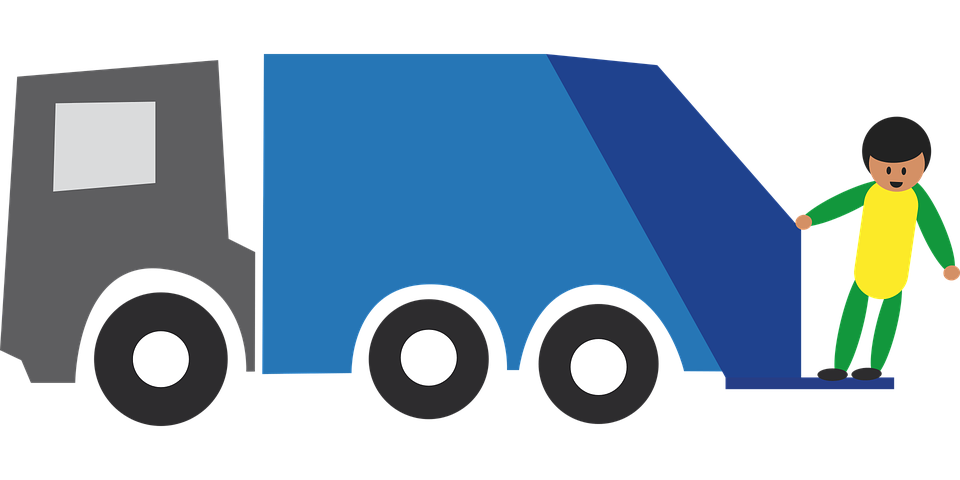 Construction dumpster rentals for waste management and bin rentals of other varieties are services sought out daily in Toronto and the GTA. There are numerous firms out there offering to collect and process your garbage. There is no reason not to do it, considering the advantages to the environment and the ways in which it makes junk removal easy. That said, knowing what the right dumpster rental company in Toronto is best may not be so clear.
Construction dumpster rentals for waste management and bin rentals of other varieties are services sought out daily in Toronto and the GTA. There are numerous firms out there offering to collect and process your garbage. There is no reason not to do it, considering the advantages to the environment and the ways in which it makes junk removal easy. That said, knowing what the right dumpster rental company in Toronto is best may not be so clear.
The first tip to know when hiring a dumpster rental company in Toronto is to know what you’re paying for. Every dumpster rental company will be a little bit different. The proposals might be different, what’s included in the rates will vary, and as reasonable as one offer may sound price-wise, you may find more service going elsewhere on a rate that has more behind it. Be sure to ask what is included with a company’s rate and where there exists the possibility for additional fees. This should give a pretty extensive look into what the most cost-effective solution is.
In terms of cost, for the best savings, we recommend going with someone in your local area. By hiring local, it cuts down on transportation costs that other non-local firms may charge. Also, you can feel good about supporting a local small business. If an issue does arise, by having a local representative there, you can ensure that the response time is top notch and that you receive the best service. Depending on if it is for residential or commercial buildings, construction, or general waste management, working with a local company may provide a better deal cost-wise and they may be more likely to sit down with you and provide some options.
Read more: Tips to Know when Hiring a Dumpster Rental in Toronto
Canada’s Most Popular Recycling Mistakes revealed!
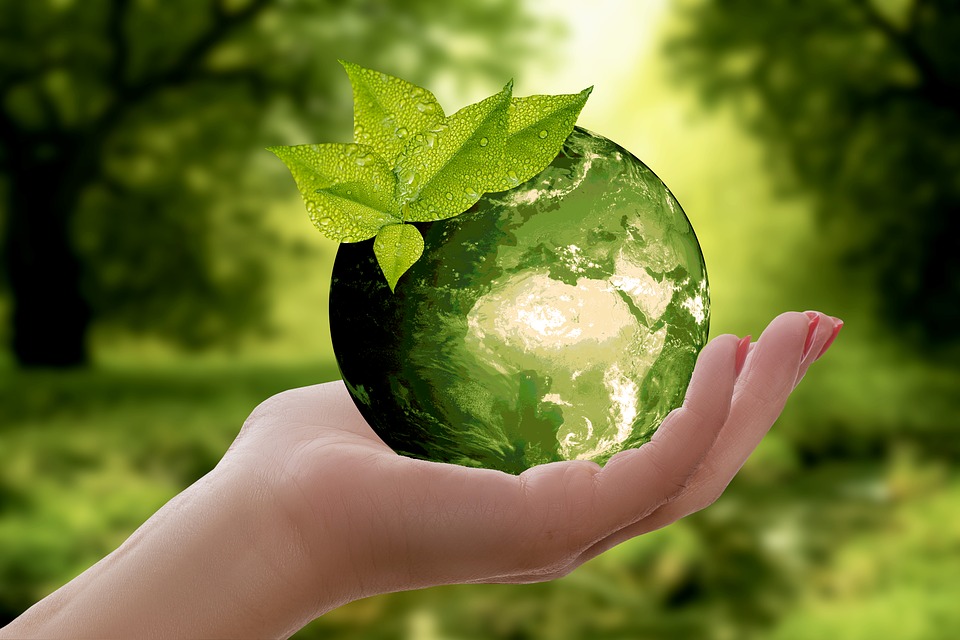 Even though Canadian households may have the best of intentions in mind when setting up recycling, there can be some pretty sizeable mistakes that many of us don’t even think about.
Even though Canadian households may have the best of intentions in mind when setting up recycling, there can be some pretty sizeable mistakes that many of us don’t even think about.
Cross-contamination and similar mistakes end up costing Canadians hundreds of thousands of dollars every year. According to recent survey data, these are some of the most popular recycling mistakes made by Canadians every year.
Among the more evident recycling mistakes made by Canadian households is approximately 45 percent who do not rinse out bottles and similar containers prior to entering them into recycling. Let’s take a glass salsa jar as an example. Ideally, one wants to rinse out the salsa as best as they can before tossing it in. That way, they do not risk contaminating other bottles, glass containers, or recycling. When jars, bottles, and similar items are thrown in unwashed, it creates more work in the recycling pipeline where there does not need to be.
Read more: Canada’s Most Popular Recycling Mistakes revealed!
Read this Quick FAQ on Waste Management and Junk Removal
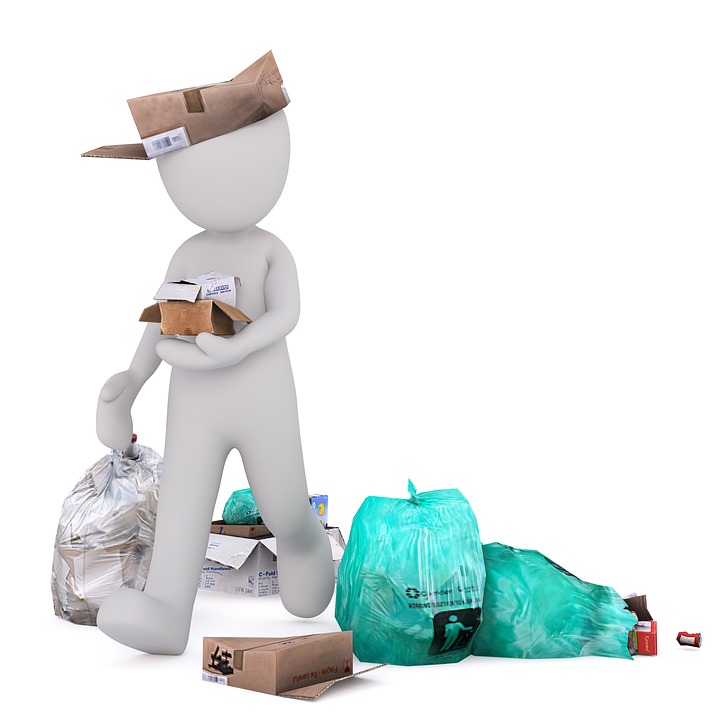 Residential, industrial, construction, commercial waste, junk collection, junk removal, and disposal are the heart of what we do at Core Mini Bins. Serving Toronto and the GTA, waste management and recycling is what we do best across each of these categories. Please read through this list of frequently asked questions to get more information on why many hire junk removal services.
Residential, industrial, construction, commercial waste, junk collection, junk removal, and disposal are the heart of what we do at Core Mini Bins. Serving Toronto and the GTA, waste management and recycling is what we do best across each of these categories. Please read through this list of frequently asked questions to get more information on why many hire junk removal services.
Question #1 – Do I need junk removal services?
Junk removal services is a convenient way to get rid of waste without any inconvenience. Just give us a call, let us know what you need, and we can be there on that very same day. We promise safe work practices, high class customer service, and a commitment to ensure the most is made from the materials we acquire.
Question #2 – Why Should I use your junk removal services?
Why you should use our junk removal services in Toronto specifically comes down to our brand. Providing same day service, we are also fully licensed and insured. Professional and reliable, there are no hidden fees or surprises. We have a history of over 25 years behind us, demonstrating the high standards of service in junk removal, garbage removal, and waste removal.
Question #3 – What materials do you accept for junk removal services?
Junk removal services may or may not encompass a wide range of materials collection. Junk removal includes household and commercial items such as furniture, TVs, plastic, carpet, kitchen appliances, mattresses, bookshelves, computers, electronics, tables and chairs, printers, and lights.
Read more: Read this Quick FAQ on Waste Management and Junk Removal
Why Limiting the Amount of Garbage you are allowed to Put Out might be Wrong
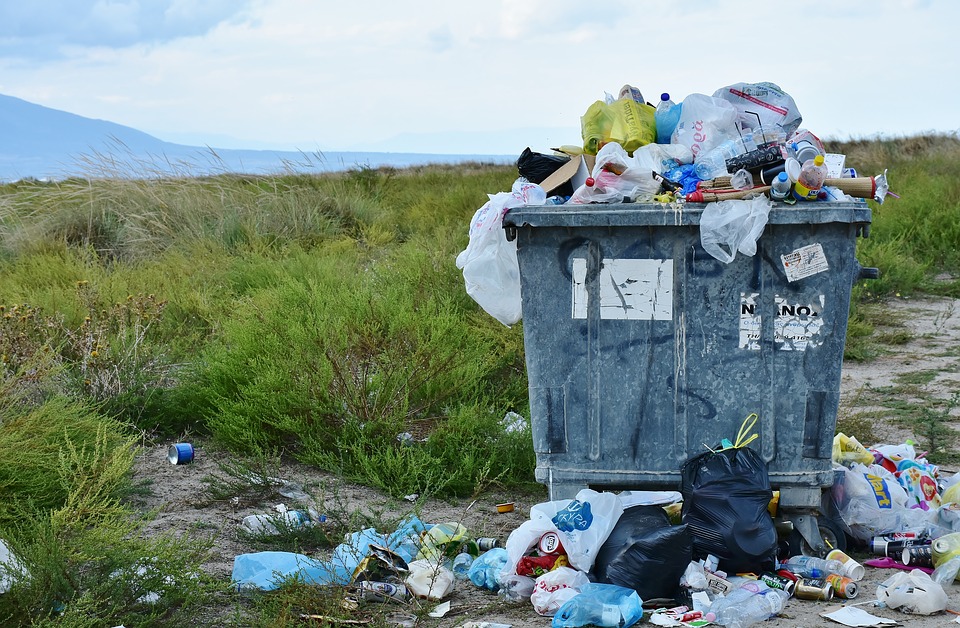 Some cities across Canada, including most recently Gatineau, Quebec, are toying with the idea of imposing limits on what is allowed in garbage and what is not. Though this might seem like an interesting way to curb garbage amounts in major cities, this still leaves residents with a huge problem – where they are supposed to put the garbage that municipal garbage collection won’t take.
Some cities across Canada, including most recently Gatineau, Quebec, are toying with the idea of imposing limits on what is allowed in garbage and what is not. Though this might seem like an interesting way to curb garbage amounts in major cities, this still leaves residents with a huge problem – where they are supposed to put the garbage that municipal garbage collection won’t take.
There is a lot that can be said about some of the garbage rules and restrictions out there. For example, beginning this summer, Gatineau will be limiting waste disposal to 120 litres bi-weekly and is prepared to fine households who exceed this limit. The intention to this rule is to encourage households to educate themselves on composting and recycling, ensuring that opportunities to recycle are used.
Some households though, especially those with large families, are producing significant amounts of waste. When one includes the long list of apartment buildings in the City, this also poses a problem as it pertains to how one should off-load additional amounts.
Read more: Why Limiting the Amount of Garbage you are allowed to Put Out might be Wrong
How to Keep a Toronto Construction Site clean with Dumpster and Bin Rentals
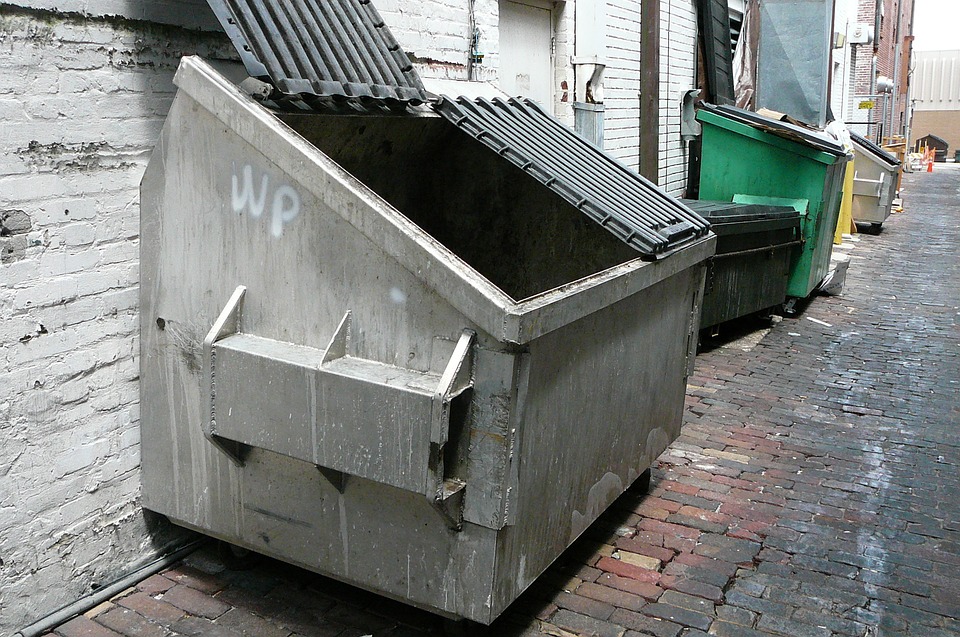 Looking through the mix of condo construction sites, commercial building construction sites, and others, what most have in common irrelevant of design is somewhere to store the waste. Dumpster and bin rentals are a key component to keeping a Toronto construction site clean. They provide easy storage of waste and, when partnered with an experienced waste management and bin rental company, can save money in disposal fees.
Looking through the mix of condo construction sites, commercial building construction sites, and others, what most have in common irrelevant of design is somewhere to store the waste. Dumpster and bin rentals are a key component to keeping a Toronto construction site clean. They provide easy storage of waste and, when partnered with an experienced waste management and bin rental company, can save money in disposal fees.
Dumpster and bin rentals come in all shapes and sizes. For many construction sites, the kind of waste being produced is pretty standard however it can vary. Always be sure to consult with your waste management company prior to renting a dumpster or bin, just to make sure that they accept the items you are about to discard.
The next step to ensuring you have the right bin is to measure size. There are small, medium, large, and extra-large sized bins to consider. Depending on how much waste you intend to produce within the run of the day and when pick-up is scheduled, one size may stand out above the others. Thankfully, with some waste management companies, there may be room to negotiate on price pertaining to how many pick-ups and the size of the bin. Particularly if they are a local Toronto waste management company, there may be some wiggle room.
Read more: How to Keep a Toronto Construction Site clean with Dumpster and Bin Rentals
Does Toronto and the GTA have a Litter Problem – a Discussion
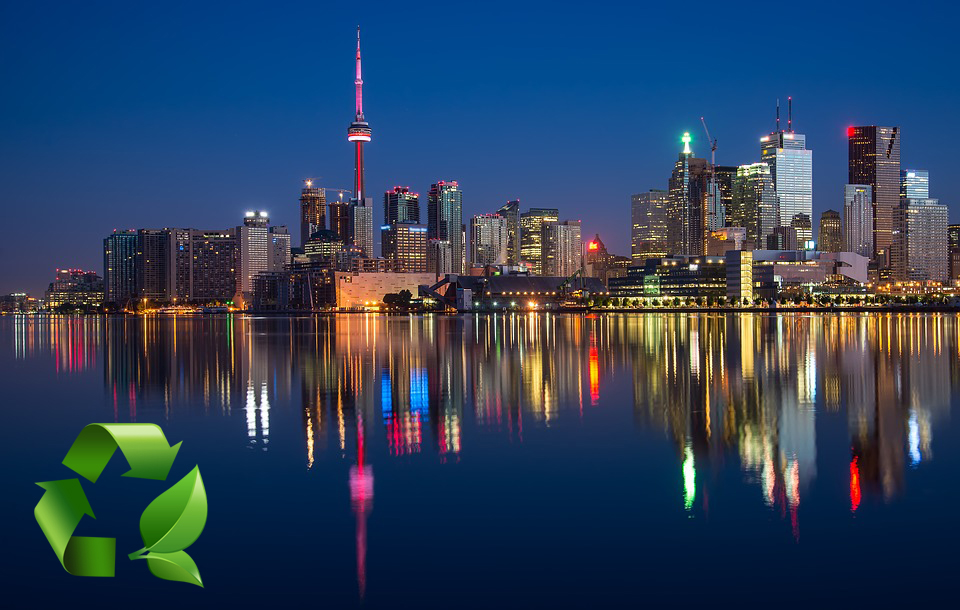 Toronto has long been a city with an advanced approach to handling its waste and recycling potential. As Toronto has sought new ways to handle its waste, there are some who have pointed out the issue of littering within the city. While some neighborhoods see little litter, there are others where garbage is routinely put out to the side of the road, sometimes left to rot for days.
Toronto has long been a city with an advanced approach to handling its waste and recycling potential. As Toronto has sought new ways to handle its waste, there are some who have pointed out the issue of littering within the city. While some neighborhoods see little litter, there are others where garbage is routinely put out to the side of the road, sometimes left to rot for days.
There are many reasons why littering happens in Toronto. Sometimes, there is simply no place to put one’s garbage and leaving it at the side of the road seems like a viable option. Thankfully, with city-installed garbage cans across Toronto, this has resolved most of this conundrum thankfully. As it pertains to everyday Torontonians, littering might not seem like much of an issue. Delving deeper into how some commercial enterprises and condo buildings handle their garbage though, there is an underlying culture of littering that the City has not really addressed.
See garbage bags left in alleys, overflowing garbage from bins resulting in plastic and paper blowing across the street, soiled cardboard boxes, pop cans, Tim Hortons cups, and more. There’s many things we could blame – including bans on certain items in garbage and recycling, a lack of organization from condo buildings and city developers, a poor street garbage collection schedule, and some might even say the homeless. At the end of the day, there is seemingly more Toronto could be doing to target on-street litter.
Read more: Does Toronto and the GTA have a Litter Problem – a Discussion
The Recycling Industry is Fast Becoming a Billion Dollar Industry
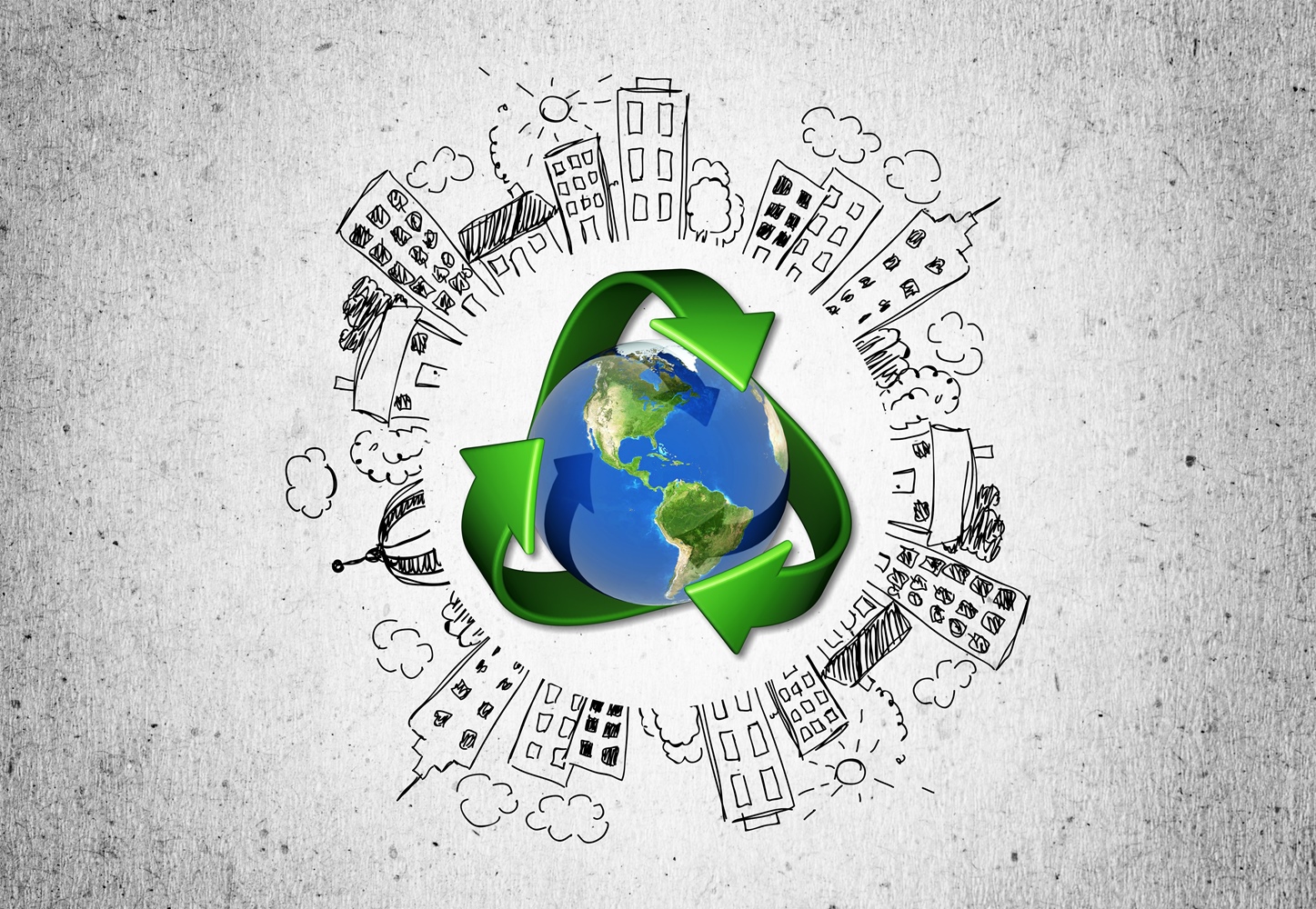 No one can argue that recycling is not creating jobs anymore. For years, the argument against green-friendly policies and environmental sustainable practices was that it would threaten ‘traditional jobs’ and would not produce the same economic activity. As time has passed, that view has been found to be wholly inaccurate.
No one can argue that recycling is not creating jobs anymore. For years, the argument against green-friendly policies and environmental sustainable practices was that it would threaten ‘traditional jobs’ and would not produce the same economic activity. As time has passed, that view has been found to be wholly inaccurate.
Recycling and other environmentally sustainable practices have produced thousands of jobs and millions upon millions of dollars in economic activity. Today’s recycling agencies are taking in millions in profits every year and waste management remains a vital component to most municipalities spanning North America.
Every time a material is recycled, there is someone overseeing that process and cents being made. The recycling of wine bottles, screw-in fluorescent bulbs, desktop computers, and other items are saving society energy while, at the same time, continuing to contribute to a multi-million dollar industry still growing.
Read more: The Recycling Industry is Fast Becoming a Billion Dollar Industry
The Dangers of Dumping Tires Illegally
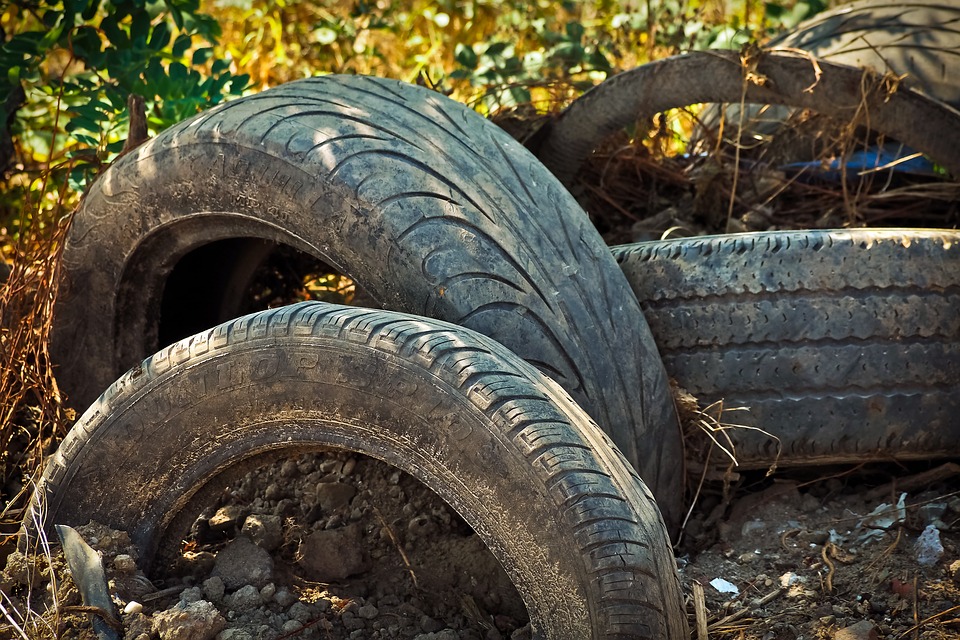 Tires require proper disposal after they have been discarded. Be it standard automobile tires or something more heavy duty, dumping tires illegally will not only net a fine but is also environmentally unsafe. It is unfortunately an all too common occurrence to see tires discarded on the side of roadways or on private property. For any commercial enterprise who have tires to dispose of or private citizens, they are recommended to go through the proper channels to minimize the negative impact tire waste can have on the environment.
Tires require proper disposal after they have been discarded. Be it standard automobile tires or something more heavy duty, dumping tires illegally will not only net a fine but is also environmentally unsafe. It is unfortunately an all too common occurrence to see tires discarded on the side of roadways or on private property. For any commercial enterprise who have tires to dispose of or private citizens, they are recommended to go through the proper channels to minimize the negative impact tire waste can have on the environment.
Every year in Canada and the United States, tire fires occur. These commonly happen at smaller dumps which do not subject themselves to regulation. Since 1971, the EPA estimate that as many as 176 tire fires have occurred in the United States – some deliberately set and others by accident. The dangers of tire fires are well understood in North America. Among the worst tire fires to occur happened in 1973 when 7 million tires burned for almost nine consecutive months. The result of this was the rubber from the tires breaking down into an oil, which then polluted the natural environment and water supply. Tire fires are notoriously difficult to extinguish as their shape naturally allows air to vent, stoking the fire.
In addition to the risk of fire, illegal dumping of tires also provide an ideal breeding ground for mosquitoes. That’s because over time tires are likely to fill with water. As they absorb sunlight and heat, this kind of environment is where many mosquitoes lay their larvae. Various species of disease-carrying mosquitoes are known to breed in tires as well.
Is a Zero Waste Future actually Achievable – a Discussion
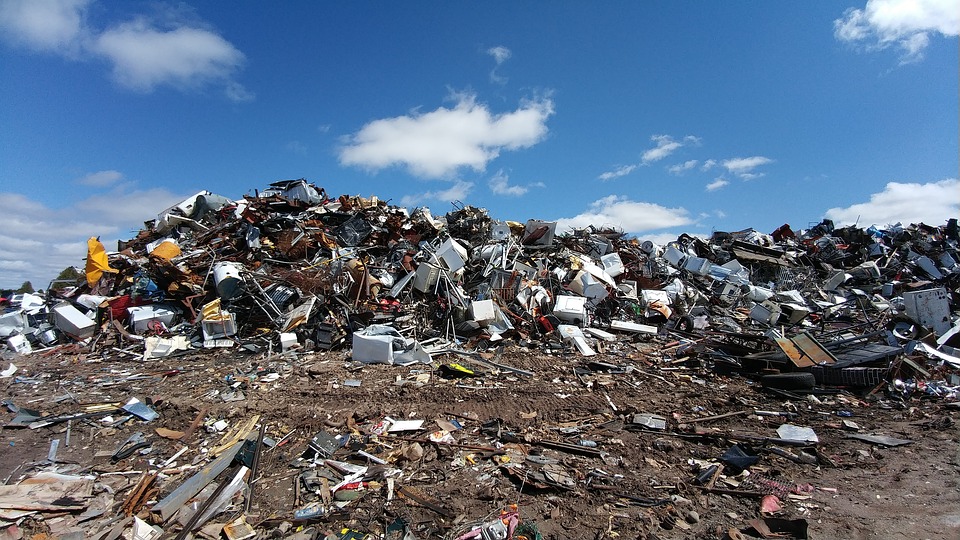 Canada as a zero waste country is a high goal. As to how achievable this goal might be, that is certainly up for debate. For decades, North America has seen its recycling movement growing. Even today however, recycling rates can always be better. More regions across Canada are seeking to go zero waste. Though the journey there may be long, if it can be achieved in a municipality and if the concept can be proven, there might be a chance to adopt it country-wide.
Canada as a zero waste country is a high goal. As to how achievable this goal might be, that is certainly up for debate. For decades, North America has seen its recycling movement growing. Even today however, recycling rates can always be better. More regions across Canada are seeking to go zero waste. Though the journey there may be long, if it can be achieved in a municipality and if the concept can be proven, there might be a chance to adopt it country-wide.
The recycling movement has always been focused in Canada on the three Rs – recycle, reuse, and reduce. As tech advancements have been made, a wider variety of materials can be recycled today than ever before and recycling has been made easier for communities across Canada. As environmentally sustainable commitments have been made by businesses small and large, some materials are being recycled and reused in new applications. At the same time, as it pertains to materials that are more difficult to recycle or that cannot be reused in any format, reduction in their consumption is key.
When we speak of ‘zero waste’, we mean the act of a society consuming the resources and materials they need while producing no waste. How achievable this is remains to be seen however what’s not debatable is how we are closer to that than ever before.
Read more: Is a Zero Waste Future actually Achievable – a Discussion
Using Recycling to Improve the Strength of Permeable Pavement
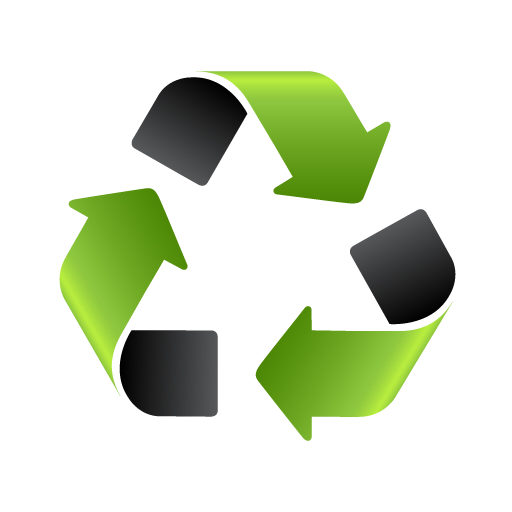 Through the use of a new recycling technique, a research team at Washington State University has found a way to significantly increase the strength of permeable pavements simply by adding recycled carbon fiber material. This new technique also does not require much energy and limited chemical application, providing a high-tech environmental solution to a growing problem.
Through the use of a new recycling technique, a research team at Washington State University has found a way to significantly increase the strength of permeable pavements simply by adding recycled carbon fiber material. This new technique also does not require much energy and limited chemical application, providing a high-tech environmental solution to a growing problem.
To break down the impressive nature of this accomplishment, note that this is not the same kind of impermeable pavement that is used for roads. Contrary to this type, permeable pavement allows rainwater to drain through and into the ground underneath. In areas where flooding is a concern and where there are storm-water drainage issues, permeable pavement is sometimes used however due to its highly porous nature, it does not have the same life span as the impermeable choice.
This is where carbon fiber composites come on. Light and strong, carbon fiber is used in a range of different products including wind turbines, automobiles, and more. The trouble with carbon fiber is that the industry has yet to define a purpose of its recycling – until now. By employing composite pieces of carbon fiber to permeable pavement, it served to improve the reliability, durability, and strength of the product. Instead of employing heat and/or chemical to recycle waste carbon fibers, milling techniques were used instead. In response, energy production is kept minimal and costs were kept down, resulting in a very impressive recycling process overall.
The team at Washington State University, after having proven the material is functional in a laboratory environment, is applying it to real-world payment applications. Should it prove to be effective, this marks another historic recycling discovery.
Read more: Using Recycling to Improve the Strength of Permeable Pavement
Separating Materials that Can be Recycled from Materials that Cannot is Sometimes Tough
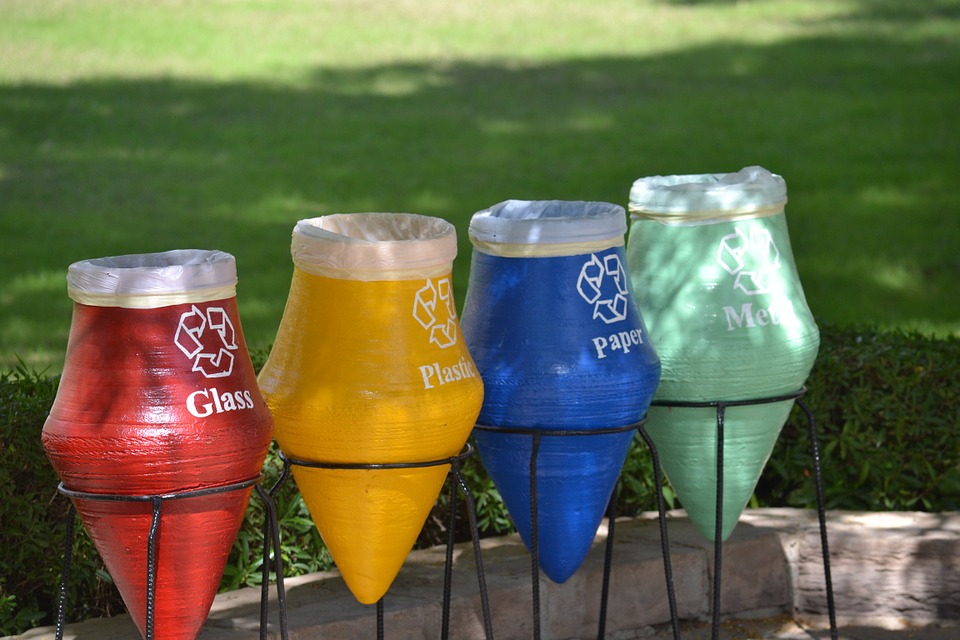 Look through any residential or commercial recycling bin and you are likely to see some items included that are non-recyclable. Differentiating between the materials that can be recycled from the materials that cannot is not always clear. For example, plastic bags, foam meat trays, clothing, and take-out containers are non-recyclable. When these types of items are included in recycling, they do more damage than good with the potential to clog up recycling machines and slow down operations.
Look through any residential or commercial recycling bin and you are likely to see some items included that are non-recyclable. Differentiating between the materials that can be recycled from the materials that cannot is not always clear. For example, plastic bags, foam meat trays, clothing, and take-out containers are non-recyclable. When these types of items are included in recycling, they do more damage than good with the potential to clog up recycling machines and slow down operations.
Limiting contamination is the focus of learning how to separate recyclables and non-recyclables. When contamination occurs, everything in a recycling bin and anything that has come into contact with it is deemed waste. The sad aspect of existing recycling systems is that on the consumer end, there is a lack of education as to what is recyclable and what is not. In addition, on the recycling operations end, unrecyclable material still makes its way into recycling processes which turns what would otherwise be recycled paper, plastic, and glass to waste. Plastic bags in particular are a huge hassle to handle as they are known to jam up valuable recycling equipment.
There are numerous materials that can present challenges to ongoing recyclable operations. For example, paper products are recyclable however when shredded, they should be discarded as waste. Plastic pill bottles and plastic bottle caps belong in the garbage. Bottles can be recycled however broken bottles cannot. Plastic bags can be recycled however it requires specialized equipment to do so and unless it is noted, plastic bags should not be included in any consumer or commercial recycling bins. There are some estimates that as much as 20 percent of what consumers put into their recycling bins in Canada is in fact waste product. As evidenced, when this happens, it contaminates the bin and thereby, creates a situation where the bin likely faces rejection.
Read more: Separating Materials that Can be Recycled from Materials that Cannot is Sometimes Tough
All Recycling Materials are Not Made Equal and the Truth about Waste Management
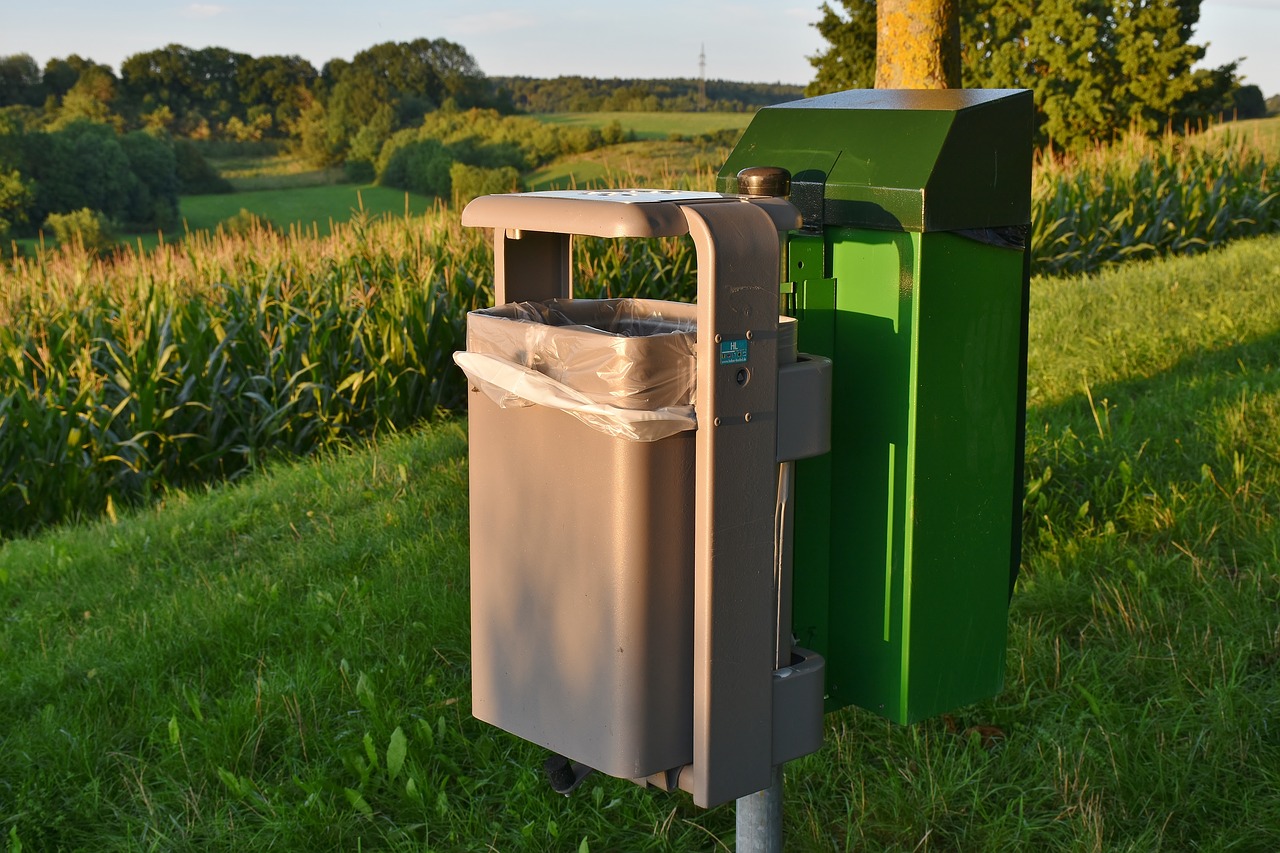 Creating the ideal environment for Canadians to live in does not begin and end strictly with recycling. Though it might be an unpopular opinion to have in some circles, not all recycling materials are made equal and the truth is that every day, even with the most advanced recycling methods, there are still tons of trash being added to landfills.
Creating the ideal environment for Canadians to live in does not begin and end strictly with recycling. Though it might be an unpopular opinion to have in some circles, not all recycling materials are made equal and the truth is that every day, even with the most advanced recycling methods, there are still tons of trash being added to landfills.
Intelligently, municipalities are beginning to ban the use of plastic bags. Though these bags were once a common sight among Canadian communities, slowly, the general public is coming to realize the extent of the damage single-use plastics have. Beverage cups, cutlery, and grocery bags cannot simply be tossed into a recycling bin and off they go to be recycled. There are many issues with this mentality. These single-use plastics are oftentimes contaminated by items that make the plastic so that it is unrecyclable.
The recycling process for plastic, glass, and other materials is individually different. Each process requires a different amount of energy and thereby, has a different carbon footprint attached. As disappointing as it may be to hear, consumers who believe they are doing the right thing by recycling are not necessarily in the right. Think about it along the lines of someone who is ill. To overcome illness, one must address the root cause of the disease rather than the symptoms. Recycling addresses environmental symptoms and is not the answer to the root cause of waste creation. That said, we as human beings are not at the point where we can stop creating waste. Therefore, environmentally sustainable and safe recycling methods and waste management systems are required.
Read more: All Recycling Materials are Not Made Equal and the Truth about Waste Management
Check out this List of what Not to Recycle
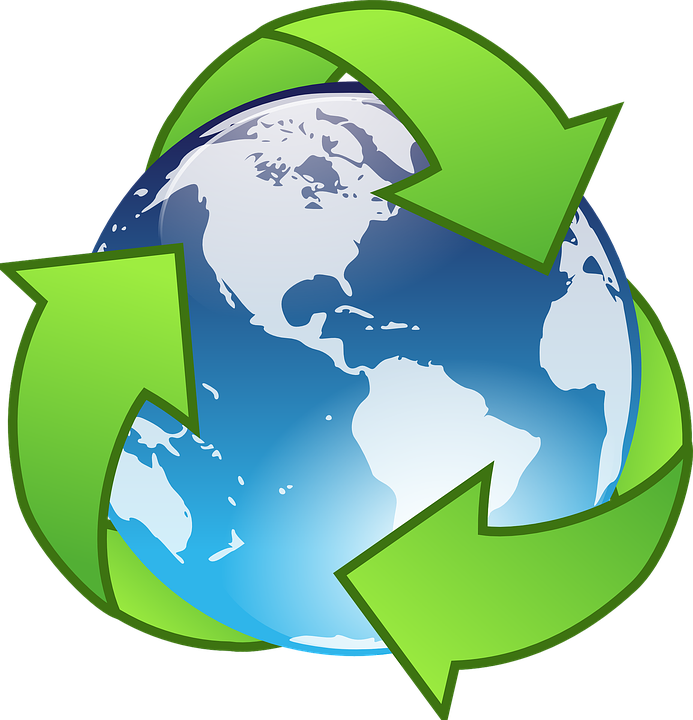 As important as recycling is to reducing landfill waste and improving the quality of our environment, there are some things that we do not know how to recycle. Municipal recycling programs bank on limiting contamination, ensuring the wrong products are not being mixed in with recyclables. When the wrong products are sent to recycling facilities, it only serves to increase costs while limiting what can be recycled.
As important as recycling is to reducing landfill waste and improving the quality of our environment, there are some things that we do not know how to recycle. Municipal recycling programs bank on limiting contamination, ensuring the wrong products are not being mixed in with recyclables. When the wrong products are sent to recycling facilities, it only serves to increase costs while limiting what can be recycled.
Aluminum cans, aluminum foil, steel cans, and tin cans are all recyclable. As more municipalities sharpen up their recycling programs, there are key items that, when recycled, save significant energy and waste. These items are among them. That said, there are certain ways to proceed when recycling these to limit contamination. Aluminum cans, for example, are required to be fully emptied and rinsed prior to being put in the recycling bin. Aluminum foil that is entered into recycling needs to be cleaned off from any food particles. When the proper procedures are not followed, it serves to disqualify some items from being recycled.
Though we think of plastic, paper, and metal as recyclable, there are some products that we do not have the means to recycle. Take-out food containers are contaminated with food particles, excluding them from possibilities of recycling. Plastic bags cannot oftentimes be processed in a recycling center as they are known to get tied up in machinery. Also, even though we can recycle a plastic bottle, the bottle cap is non-recyclable and usually made from polypropylene. Due to the higher concentration of plastic used in the bottle cap, one is required to get rid of the cap prior to throwing the bottle into recycling. Styrofoam is another material that cannot be broken down to recycle. Despite being technically made of plastic, it cannot be broken down.
4 Types of Garbage
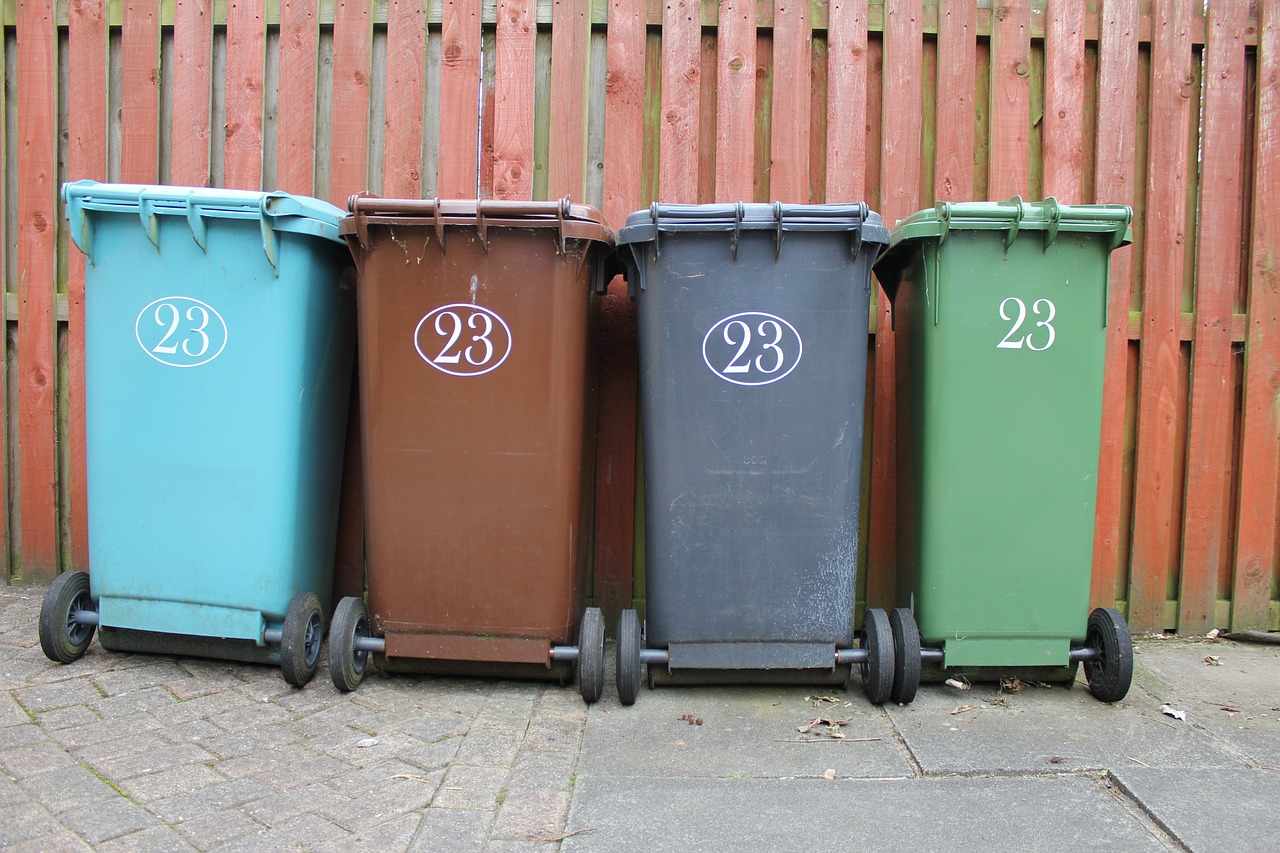 Residential households and businesses across Canada hold proper waste management and recycling practices in high regard. Be it commercial construction sites which may generate significant amounts of waste, or small office buildings producing less sizeable volumes, waste management is important.
Residential households and businesses across Canada hold proper waste management and recycling practices in high regard. Be it commercial construction sites which may generate significant amounts of waste, or small office buildings producing less sizeable volumes, waste management is important.
Prior to hiring or considering a waste disposal company, it is important to understand the differences between waste types. By knowing what waste you need managed, the more thorough an understanding you will have when hiring a waste management company. These are the four types of waste, commonly used by waste disposal companies to classify different categories of service.
Household waste
Waste disposal companies classify household or domestic waste as garbage that is typically produced in the home. Household waste contains items that are recyclable and non-recyclable. Much of these materials, particularly those coming from the kitchen, contain traces of food and non-recyclable waste. To manage this type of waste, waste disposal companies’ regular services are all that is typically required. In this instance, basic waste bins are provided and then, are collected at a later date.
The Long-term Results of Waste Management and the future of the Environment
 Most Canadian households may not give a second thought to separating their garbage. That said, the effort we are all putting in into waste management and recycling have had hugely positive consequences on the environment. As municipalities ramp up waste management efforts, it’s going to be even more important how recycling is separated, how recycling is performed, and how waste is managed from the perspective of commercial businesses.
Most Canadian households may not give a second thought to separating their garbage. That said, the effort we are all putting in into waste management and recycling have had hugely positive consequences on the environment. As municipalities ramp up waste management efforts, it’s going to be even more important how recycling is separated, how recycling is performed, and how waste is managed from the perspective of commercial businesses.
‘Waste management’ is defined as how municipalities handle waste disposal and how waste is being deposited into designated landfills. The importance of proper waste management techniques cannot be emphasized enough. Federal, provincial, and municipal governments have a responsibility to conserve resources, recycle and reuse as much as is possible. The privately-owned waste management companies across Canada also have a role to play in handling waste and recycling.
Waste management companies and governments continue to work together in partnership to accomplish waste management goals, including higher quality disposal techniques. For example, years ago, the waste dumped into the ground was unknowingly rotting and polluting the soil surrounding it. Throughout time, as we have continued to change the way we dispose of waste, the techniques have gotten better and continue to improve.
In addition to improving waste management techniques, learning what materials are hazardous to the environment around us has played a key role in creating more environmentally-sustainable waste disposal practices. Hazardous materials, including electronics and anything containing harmful metals or chemicals, require unique waste management processing.
Read more: The Long-term Results of Waste Management and the future of the Environment


